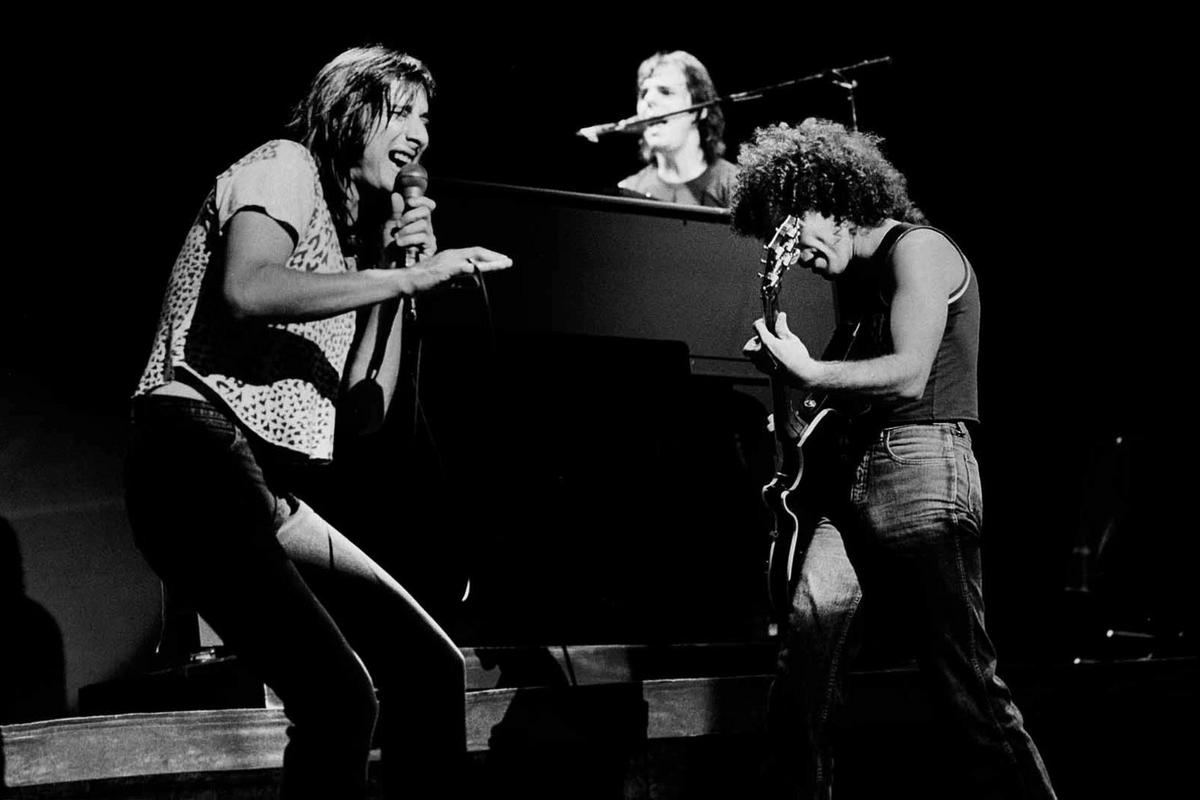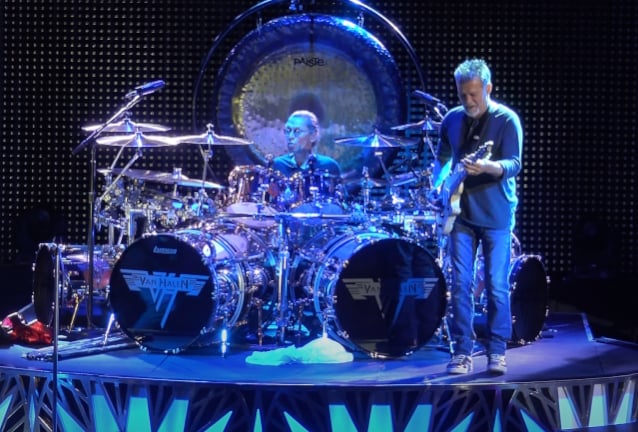There is no small amount of irony in applying thrash metal’s “Big 4” designation to AOR, a subgenre that a young Metallica or Slayer would have openly abhorred.The resentment toward album-oriented rock makes sense, at least on paper. Initially conceived as an FM radio format in the late ’60s, AOR came to be associated with a specific brand of slick, highly produced rock with an emphasis on soaring pop hooks. It was rock music designed to be commercially successful, and its makers made no bones about it.There’s nothing wrong with those ambitions, as proven by the decades-long staying power of many classic AOR hits. But it was anathema to a subset of rock and metal artists in the ’70s and ’80s, for whom “rawness” and “integrity” were more important than scoring hits. Never mind that authenticity and commercial success are not mutually exclusive — it took decades of hindsight for that revelation to become clear.With that in mind, read on to see UCR’s choices for the ‘Big 4′ of AOR.BostonKon Hasebe, Shinko Music, Getty ImagesKon Hasebe, Shinko Music, Getty Imagesloading…You can’t discuss the best of AOR without giving a nod to Boston. The band’s self-titled 1976 debut is a veritable greatest-hits compilation unto itself, and it helped pave the way for the next half-decade of slick, hi-fi, pop-friendly arena rock. (It also became the bestselling debut in history at the time of its release, a record eventually broken by Guns N’ Roses’ Appetite for Destruction.) Boston’s driving force was songwriter extraordinaire, guitar virtuoso and production wizard Tom Scholz, who found the perfect vessel for his stadium-sized anthems in megawatt lead singer Brad Delp. Even as Scholz’s perfectionism slowed the band’s progress, Boston stayed at the top of the AOR heap: 1978’s Don’t Look Back and 1986’s Third Stage both became chart-topping, multiplatinum smashes despite the eight-year gap between them. Studiousness is not always seen as a virtue in rock ‘n’ roll, but Scholz’s savant-like abilities and unfailing attention to detail made Boston one of the biggest and most gifted bands of the AOR era.JourneyPaul Natkin, Getty ImagesPaul Natkin, Getty Imagesloading…Look — nobody would entertain modern-day Journey’s endless drama if they weren’t such a colossal force in their heyday. Lead singer Steve Perry possessed some of the most incredible pipes in rock history, and guitarist Neal Schon injected the band’s pop-rock anthems with crunchy riffs and blazing solos that even the staunchest metalhead would have to concede sounded great. Journey’s slick, radio-rock formula yielded a slew of multiplatinum smashes throughout the late ’70s and ’80s, peaking with the chart-topping, diamond-selling Escape, and their generation-defining hits are almost too numerous to mention. (It should tell you something that the ubiquitous “Don’t Stop Believin'” wasn’t even their biggest chart hit.) It may be tempting to rag on Journey for the brand of corporate rock they represent — but sit down and actually listen to the craftsmanship at work in their music and it becomes quickly apparent that they did it better than just about all of their peers.ForeignerPaul Natkin, Getty ImagesPaul Natkin, Getty Imagesloading…Some of rock’s biggest bands needed several years and several albums to find their footing. Not so with Foreigner, who arrived fully formed with their self-titled 1977 debut album and proceeded to sell 5 million U.S. copies off the strength of career-defining hits such as “Feels Like the First Time” and “Cold as Ice.” Foreigner showed a band so audaciously confident and obviously career-minded that it seemed difficult to imagine them one-upping themselves. Yet they did so time and again with the blockbuster smashes Double Vision, Head Games and 4. Like the other bands on this list, Foreigner’s secret weapon was the dynamic singer/guitarist duo of Lou Gramm and Mick Jones — titans of their respective crafts who together inked several of the most enduring hits of the AOR era.StyxMichael Ochs Archives, Getty ImagesMichael Ochs Archives, Getty Imagesloading…Who said AOR bands couldn’t get a little weird with it? Certainly not Styx, the self-proclaimed “fake prog band” that blended hard rock muscle, pop confection, progressive flourishes and Broadway theatrics, to the tune of four consecutive multiplatinum albums (The Grand Illusion, Pieces of Eight, Cornerstone and Paradise Theatre). The key to Styx’s versatility was the dual contributions of singer-guitarist Tommy Shaw, who wrote hard rock anthems like “Renegade” and “Blue Collar Man (Long Nights)”; and singer-keyboardist Dennis DeYoung, who spearheaded ballads like “Babe” and prog-pomp epics like “Come Sail Away” (not to mention the camp classic “Mr. Roboto”). “We were an American rock band who used classical influences, but Styx was always at heart an American rock band,” DeYoung told UCR. “Most of the prog bands didn’t have a Marshall stack. That’s not what they were doing. But that’s who we were.”Top 100 ’70s Rock AlbumsFrom AC/DC to ZZ Top, from ‘Bridge Over Troubled Water’ to ‘London Calling,’ they’re all here.Gallery Credit: UCR Staff







